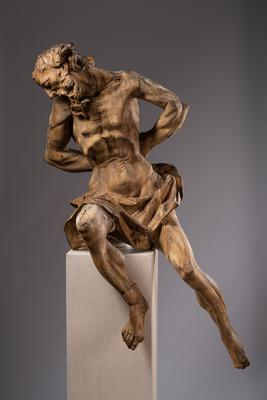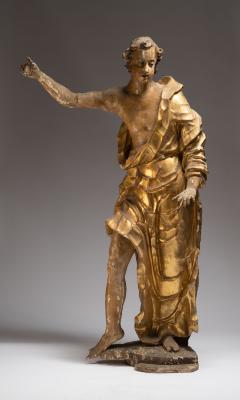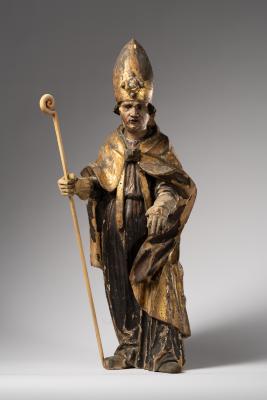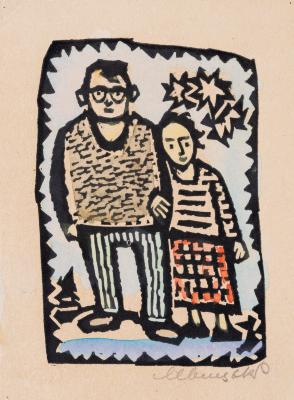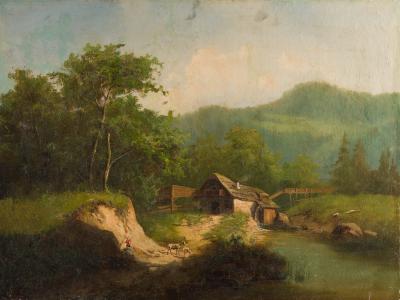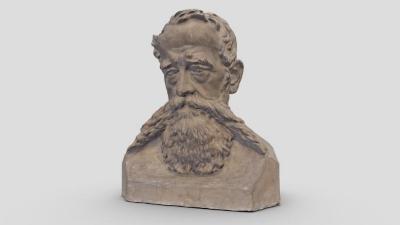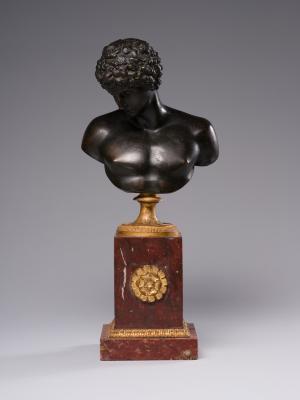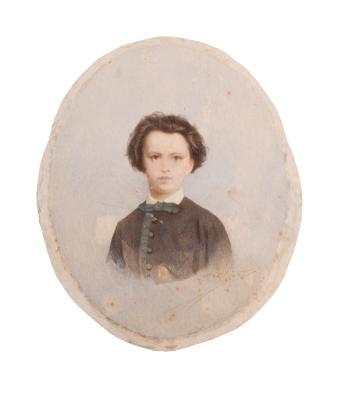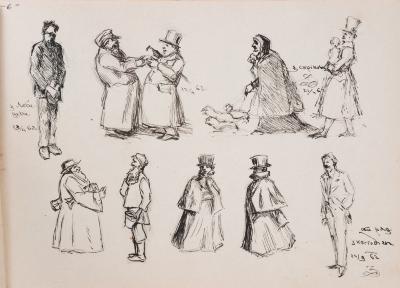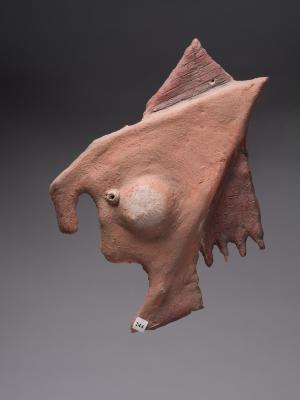The presented portrait is one of the examples of the early period of Jacek Malczewski's creative work, which is much different from the artist's mature style. Tadeusz Baracz was a monumental sculptor and portrait artist who portrayed prominent representatives of Polish and Ukrainian culture and was a master of tomb sculpture. He came from Armenians who moved to Lviv from Bessarabia in the middle of the 19th century. Tadeusz Baracz began his professional education at the Krakow School of Fine Arts under Wladyslaw Luszkiewicz and Henryk Kossowski and continued his studies at the Munich Academy of Arts in the studio of Max Wiedmen. Between 1872 and 1875, he studied in Italy, mainly in Florence and Vienna. He began exhibiting in Lviv while studying at the Munich Academy of Arts. From 1870 until his death, his name constantly appeared in Lviv's art exhibition catalogues. The art studio of Tadeusz Baracz in Lviv (located in the hotel "Krakivskyi" on Bernardynska Square, now Soborna Square) became a meeting place for photography enthusiasts. On March 27, 1891, a gathering of photography enthusiasts took place there; it was the beginning of one of the first organizations of photographers. In 1891, Tadeusz Baracz was awarded for the work "Head of the Old Man" at the international exhibition in Berlin. He took part in the sculptural decoration of the Grand Theater in Lviv (now the Solomiia Krushelnytska Opera and Ballet Theater) and several houses in Lviv, as well as created a lot of monuments and tombstones, mainly in the Lychakiv Cemetery in Lviv. After the sculptor's death, his brother Roman donated part of his works to the City Gallery (now the Lviv National Art Gallery) and the Ossolinski Library.










